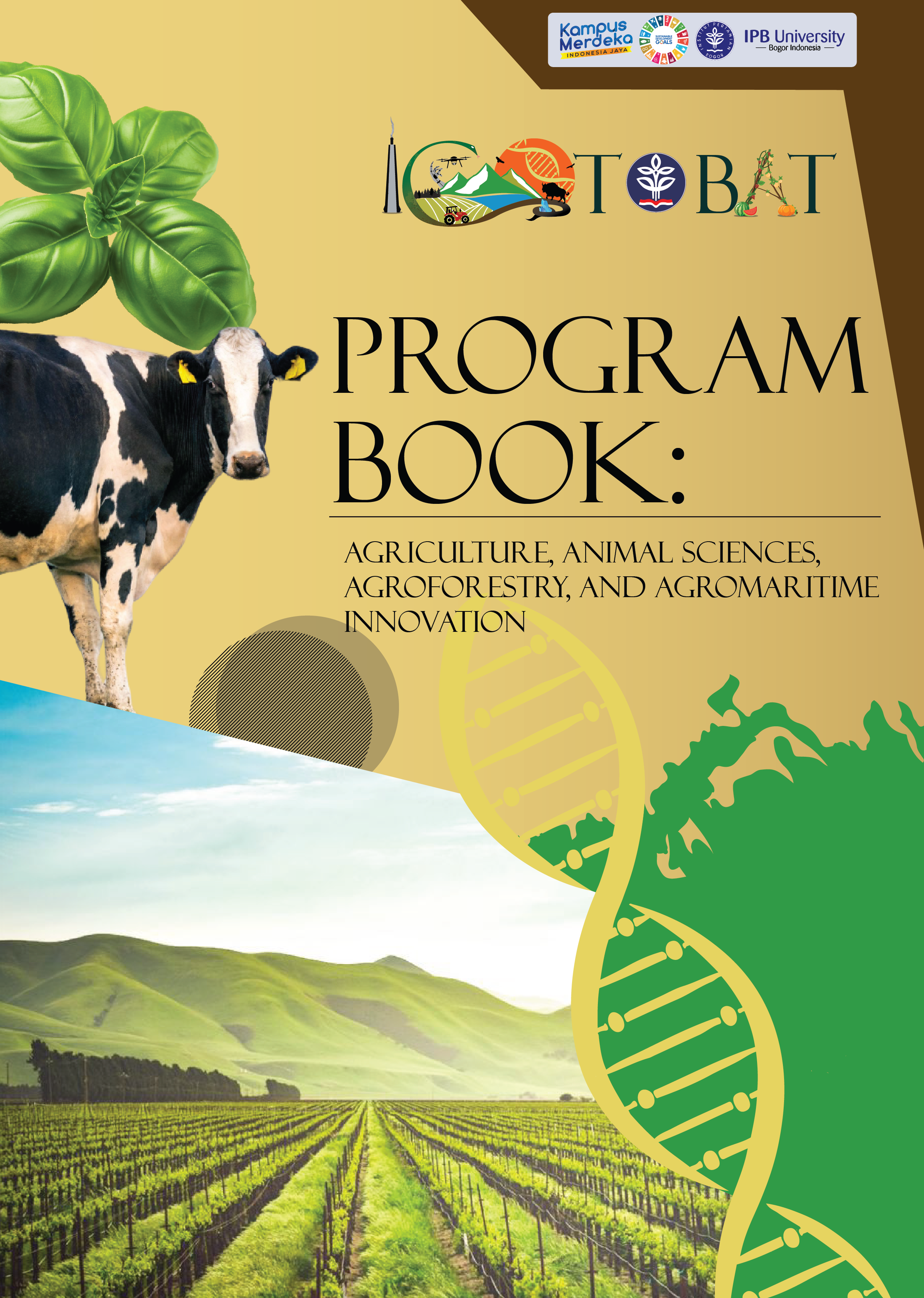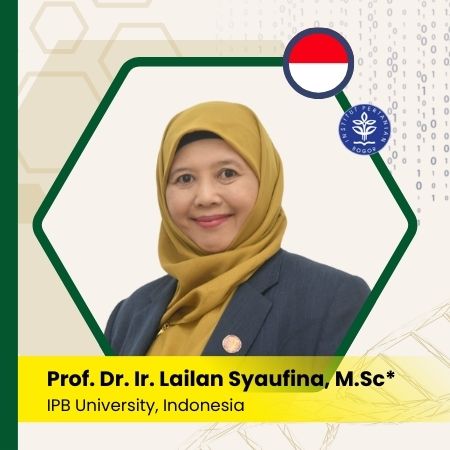THE POTENTIAL OF INDIGENOUS MICROBES FROM BEEF CATTLE WASTE TO CONVERT ORGANIC MATERIALS INTO MACRONUTRIENTS IN LIQUID ORGANIC FERTILIZER
Keywords:
beef cattle waste, liquid organic fertilizer, macronutrients, functional bacteriaAbstract
Beef cattle waste can cause pollution if not managed properly. One way to manage it is by using an aerobic fermentation system that produces liquid organic fertilizer (LOF). This research studied the quality of liquid organic fertilizer (LOF) from beef cattle waste. The waste was mixed with rice straw to achieve an ideal C/N ratio. The study was conducted experimentally with three C/N ratio treatments (T1= C/N 25, T2= C/N 27.5, and T3= C/N 30). This study tested various parameters, including bacteria and fungi count, macronutrient content, and nitrogen-fixing and phosphate-solubilizing bacteria presence in LOF. ANOVA and Tukey's Test analyzed the data. Results revealed that a C/N ratio of 25-30 produced an average of 65-90 x 1011 CFU/ml and 2110-59 x 1010 CFU/ml of bacteria and fungi, respectively. LOF contained K, Ca, Mg, and Na at levels of 1.00-2.13%, 0.46-0.53%, 1.42-1.68%, 185.29-196.39 ppm, 86.91-107.26 ppm, and 161.74-182.12 ppm, respectively. Nitrogen-fixing bacteria and phosphate-solubilizing bacteria were found at levels of 3.0-1.4 x 106 CFU/ml and 1.0-5.7 x 105 CFU/ml, respectively. The LOF met the requirements of Minister of Agriculture Regulation no. 01/2019 concerning the quality of LOF.






























